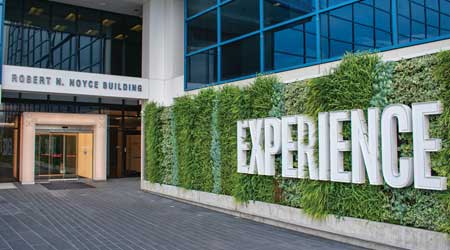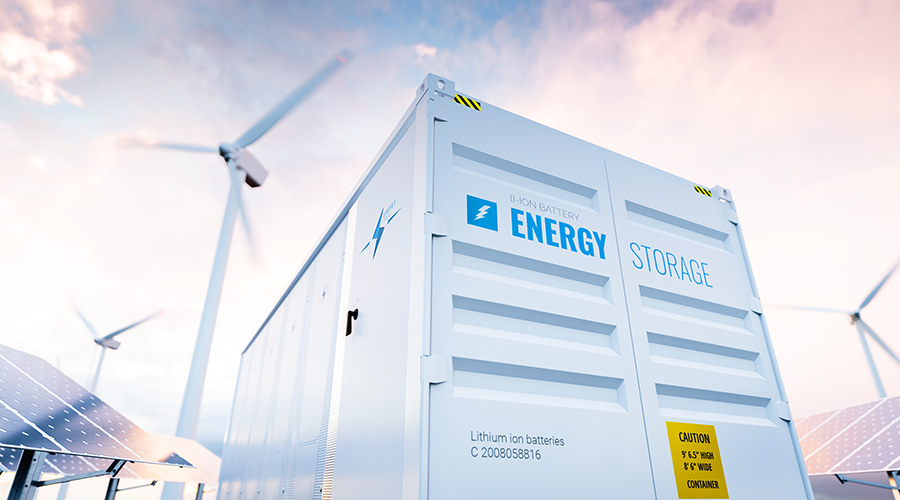Happy and Healthy: How to Consider Occupant Happiness in Design
For maximum wellness, maximum happiness, it’s important to look at what a building needs to provide to achieve a state of occupant happiness.
So what does Happiness By Design have to do with building operations? The methodology touches just about everything — from temperature and lighting controls to physical navigation.
A significant factor in engendering happiness involves creating a building that is easy to understand, as well as one that offers flexibility. Buildings act as a filter, helping to regulate the environment around occupants. For maximum wellness, maximum happiness, it’s important to look at what a building needs to provide to achieve a state of occupant happiness.
For example, simply having control of task lighting in an office can touch on the Happiness By Design principles of meaning and its subset of appreciation; vitality and its subset of comfort; freedom and its subset of choice; and engagement with building management demonstrating the subset of connectedness to the building’s occupants. Research shows that giving occupants some control of their systems makes a difference. Seemingly small items — such as the control of task lighting — can add up to improve occupant wellness and happiness.
Happiness in practice
DMG Mountainview put the Happiness By Design concept to the test at their Heartwork campus, both in their building operations and in the ways they interacted with their employees. They used the Five Truths as a guideline. Heartwork’s “People Pods” provided one-on-one gathering spaces for conversation, mentorship and connection. A tech-free outdoor sculpture park offers an opportunity to grab fresh air and physically interact with nature. People have the ability to work how they want to work — whether indoors or outdoors — at a private desk or a common table. Heartwork’s Think Box offers a space for contemporary collaboration through brainstorming and human-centric design. And the Heartwork Arcade offers a space for entertainment.
In the midst of our global pandemic, we have had to pause, reset, rethink and re-evaluate – especially in the areas of occupant health and sustainable design. We know that the coronavirus has taken a toll on mental health. Increasing happiness at work is one small way to relieve stress and improve wellbeing.
Jodi Williams, AICP, LEED AP ID+C, is senior associate vice president at CallisonRTKL. Pablo La Roche is vice president at CallisonRTKL.
Related Topics:












